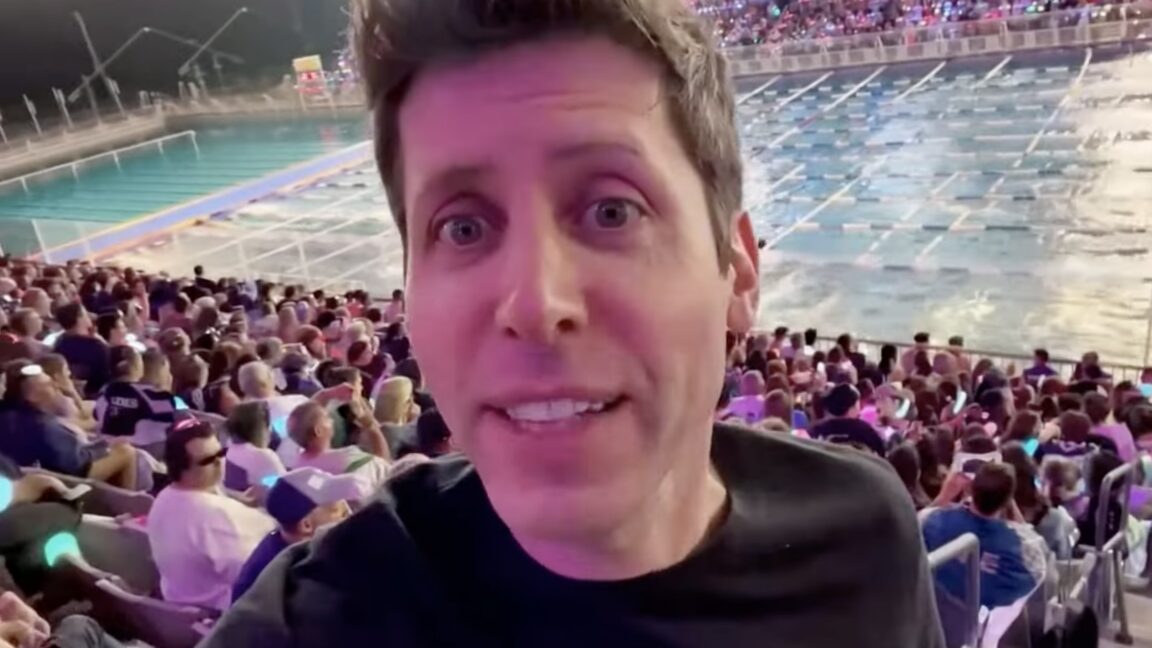OpenAI Unveils Sora 2, a Video‑Synthesis Model With Synchronized Audio and New iOS Cameo App

Key Points
- OpenAI launched Sora 2, its second‑generation video‑synthesis model with synchronized audio.
- The model can generate realistic dialogue, sound effects, and background soundscapes.
- A new iOS app introduces “cameos,” letting users insert themselves into AI‑generated videos.
- Sora 2 improves visual consistency and handles complex multi‑shot instructions.
- Physical movements such as gymnastics routines and triple axels are simulated with realistic physics.
- OpenAI describes the release as a “GPT‑3.5 moment for video.”
- The model corrects prior issues where objects would unrealistically teleport to meet prompts.
OpenAI announced Sora 2, its second‑generation video‑synthesis AI that can generate videos with synchronized dialogue and sound effects, marking the company’s first foray into audio‑enabled video generation. The launch also introduced a new iOS social app that lets users insert themselves into AI‑generated videos through a feature called “cameos.” Sora 2 demonstrates visual consistency improvements, the ability to follow complex multi‑shot instructions, and more realistic physical movements such as gymnastics routines and triple axels. OpenAI describes the release as a “GPT‑3.5 moment for video,” positioning it as a major step forward from the original Sora model.
OpenAI Announces Sora 2
OpenAI unveiled Sora 2, a second‑generation video‑synthesis model capable of generating videos that include synchronized dialogue and sound effects. This marks the first time OpenAI’s video models have incorporated realistic audio, joining other major AI labs that have recently added sound capabilities.
New iOS Cameo App
Alongside the model, OpenAI launched a new iOS social app that allows users to place themselves into AI‑generated videos using a feature the company calls “cameos.” The app lets users create personalized videos where they appear alongside AI‑crafted scenes.
Demonstrated Capabilities
OpenAI showcased Sora 2 with a demo video featuring a photorealistic version of its CEO speaking in a slightly unnatural voice while surrounded by fantastical backdrops such as a competitive duck‑race and a glowing mushroom garden. The model can produce “sophisticated background soundscapes, speech, and sound effects with a high degree of realism.”
Technical Improvements
Compared with the original Sora model released earlier, Sora 2 offers notable visual consistency improvements, better handling of complex multi‑shot instructions, and more realistic physics. The model can simulate intricate physical movements like Olympic gymnastics routines and triple axels while maintaining realistic motion. OpenAI notes that prior video models were “overoptimistic” and sometimes produced physically impossible results, such as objects teleporting to achieve a prompt. In Sora 2, a missed basketball shot will rebound off the backboard, reflecting more accurate physics.
Industry Context
OpenAI frames the release as a “GPT‑3.5 moment for video,” likening it to the breakthrough that ChatGPT represented for text generation. The addition of audio aligns OpenAI with recent developments from other AI labs that have introduced synchronized audio in video generation.
Future Outlook
The launch of Sora 2 and the cameo app signals OpenAI’s intent to expand the creative possibilities of AI‑generated media, offering users both higher‑quality video output and new ways to personalize content.